Brown's Cheese Factory and Farm
Just half an hour’s drive out of Nairobi in the heart of Tigoni is one of the country’s best kept secrets; The Brown’s Cheese Farm. This six-acre cheese farm is home to the only international award-winning cheese made in Kenya.
Founded 33 years ago by David and Sue Brown, Brown’s cheese is renowned for crafting natural cheeses using traditional methods and ingredients with no colourings, coatings or other additives.
Mrs. Brown started making cheese because she couldn't buy what she wanted. It sort of got out of hand. I don't know how many different kinds of cheeses are in this world but they claim it's more than any other cheese maker in the world.
Some of them are very good. The cheese plate they put together for the brunch is really interesting and very tasty. And its a good lunch, and the wine flows liberally.
The tour could be more informative, it just depends how interested you are in cheese making.
It's a nice thing to do on a lazy weekend. The Limuru Highlands around Tigoni, where Browns is located, is a very pretty place. It's about a 30 minute drive out of Nairobi.
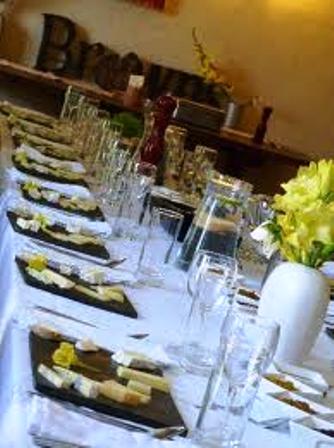
The cheese was the 2002 Nantwich Cheese Festival winner in the UK. They won several awards including the championship for their Kalloumi cheese in 2006, this was during the four years in which Nairobi hosted the East African Cheese Festivals.
In 2010 during the South African Dairy Championships, Brown’s cheese was awarded five first, three second and two third prizes.
Brown’s cheese has also proved quite popular with wine masters who want to showcase their wines through cheese and wine pairings.
Some of the events they have collaborated in include The Beer and Wine Festival held in June at the Brew Bistro and most recently the Soroptimist Wine and Cheese Festival held at the grounds of the German embassy.
The farm is now run by David and Sue’s daughter Delia and her husband Andrew Stirling. The couple who were living and working in the US moved to Kenya a few years ago when Delia’s parents wanted to retire and sell the business. “I couldn’t bear the thought of them selling the farm because it was like home to me, I grew up here,” said Delia.
With her degree in Hotel Management from Cornell University and Andrew MBA in International Business and a background in engineering, the couple took a gamble and moved to Kenya to take up the cheese making business. What they lacked in expertise, they made up with heart and lots of hard work.
The recently opened up the farm to cheese and wine lunches and run up to four tours a week. We got to tour the factory and get an overview of how their award-winning cheese is made.
On average, the Brown’s Cheese farm buys its milk from over 3,000 small scale farmers around Limuru. They have 25 of their own cows.
“The thing about working with farmers who have like two cows is that the animals will be well taken care of,” said Andrew. Quality cheese begins with one key ingredient – quality milk.
How to Keep the Standard of Cheese
Before the cheese making process begins, incoming milk is first tested for quality and purity. “We test the milk for freshness, we want morning milk only. We also test for antibiotics because it kills the bacteria in the milk and then we can’t make cheese. Same goes if they add water to the milk. We can’t use that,” said Andrew.
Next, the milk is weighed and pasteurised to ensure product safety and uniformity. “Once we have tested the milk and certified that it’s OK, we then filter it to remove any impurities after which we pasteurise it. We do this by heating it for 60 seconds at a temperature between 60-72 degrees Celsius, that’s the global level of pasteurisation.”
Next, a milk-clotting enzyme called rennet is added to coagulate the milk, forming a custard-like mass. This helps start the process of separating the liquid (whey) from the milk solids (curds). The whey is then drained off, leaving a tightly formed curd. “From all the milk we collect, we get about 90 per cent whey and 10 per cent cheese. The whey is like a liquid protein and can be drank, however it spoils very fast and thus most times its used as pigs’ food,” said Andrew.
After the curd is collected it is placed in air-tight containers before the pressing and cooking process begins. The last stage determines the characteristic shape of the cheese and helps complete the curd formation. For instance, when large curds are cooked at lower temperatures, they yield softer cheeses like Mascarpone and Ricotta. Most cheeses are pressed in three to 12 hours, depending on their size.
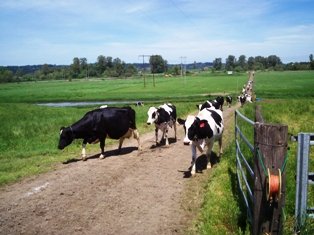
Depending on the variety and style of cheese, another step may be curing. Curing is used for aged cheeses and helps fully develop its flavour and texture. The cheese is moved to a maturity room that is carefully controlled for required humidity and temperature and may be aged for up to 10 years. “We make 15 varieties of cheese in small quantities. One thing we noted about our Kenyan market is the fact that consumers want a wide variety but don’t want tonnes of it,” shares Andrew.
The Brown’s Cheese farm has a maturity room where they keep their cheese before it matures. Here the cheeses are stack in racks under very cool temperatures. “The cheese has to be turned twice a day and we have two guys who work in shifts to ensure that this is done. When the cheese is young, it’s mostly sort of liquid thus if it’s not turned regularly it turns into a volcano shape.
“During its formation stage, cheese starts off as almost white and then slowly starts to yellow and finally to a yellowish brown. Sometimes you see cheese that is like electric yellow, that’s just colour added to it. When cheese makers started making cheese in factories, they tried to speed up the process of the cheese making by adding colour to it to make it look like their cheese had matured. Then this became common practice. Natural cheese can never turn that yellow,” said Andrew.
Brown’s Cheese believe in keeping their cheese natural thus they don’t use preservatives, chemicals or food colouring in their cheese. When the cheese has matured, they wash the cheeses to remove the white mold and add a little oil to prevent the skin of the cheese from cracking. “The cheese usually develops a white mould which is harmless but doesn’t look very good.”
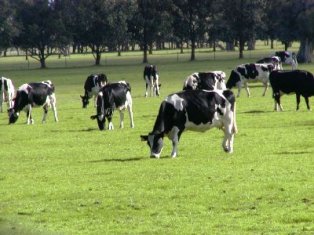
The eclectic array of cheeses produced by Browns include: Gouda; Cheddar; Feta; Ricotta; Provolone, a semi hard cows milk cheese that is mild in taste; Camembert & Brie, a soft ripened cheese with white mould; Blue Cheese, a mild ‘mushroomy’ blue cheese, soft when ripe; Cream Cheese made up of three flavours - plain, garlic and herbs and pepper; Mascarpone, a cultured cream cheese ideal for sauces and deserts; Mariota, a cream enriched cheese rolled in toasted oatmeal; Roulé, a soft cream cheese rolled with garlic and fresh herb and Kalloumi, a 'meaty' textured cheese excellent for grilling as it does not melt.
Apart from producing cheese, The Stirlings also have trainings for chefs on different food made with cheese recipes. They are the key suppliers of cheese to a number of hotels among them The Tribe, Sankara Nairobi and Intercontinetal Nairobi. They also supply to Nakumatt, Uchumi and Chandarana among others.
Other Pages of Interest in Nairobi
Kenya Nairobi Shopping Venues › |
Nairobi Central Park › |
Kenya National Archives › |
Kenya Jamia Mosque › |
Kenya Railway Museum › |
Nairobi Snake Park › |
Ngongo Hills › |
Kenyatta International Conference Centre › |
Uhuru Gardens Memorial Park › |
Brown Cheese Factory Nairobi › |
Nairobi Arboretum › |
Sadili Oval Sports Academy › |
Bomas of Kenya › |
Wild Earth Day Spar › |
Nairobi Kibera Slum › |
Karura Forest Nairobi › |
Recent Articles
-
Garam Masala Appetizers ,How to Make Garam Masala,Kenya Cuisines
Sep 21, 14 03:38 PM
Garam Masala Appetizers are originally Indian food but of recent, many Kenyans use it. Therefore, on this site, we will guide you on how to make it easily. -
The Details of the Baruuli-Banyara People and their Culture in Uganda
Sep 03, 14 12:32 AM
The Baruuli-Banyala are a people of Central Uganda who generally live near the Nile River-Lake Kyoga basin. -
Guide to Nubi People and their Culture in Kenya and Uganda
Sep 03, 14 12:24 AM
The Nubians consist of seven non-Arab Muslim tribes which originated in the Nubia region, an area between Aswan in southern
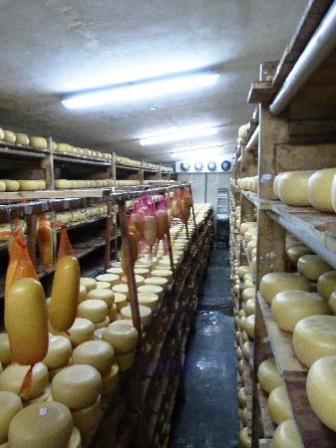
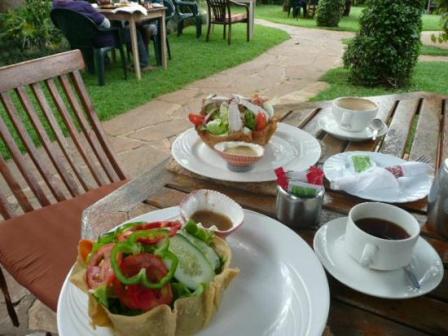
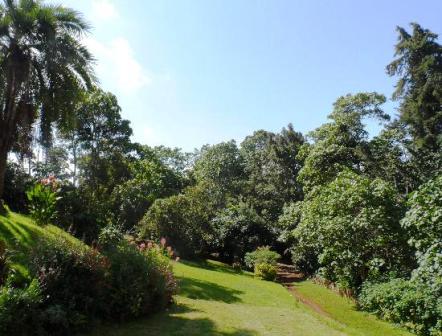
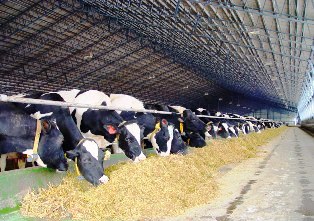







New! Comments
Have your say about what you just read! Leave me a comment in the box below.